What gives real credibility to the remarkable reinvention plan Lada is about to embark on is the man behind it.
British designer Steve Mattin was lured to Lada in autumn 2011 from a distinguished stint as Volvo’s design boss (where he designed models including the S60, V60 and XC60) and previously Mercedes-Benz (where his designs included the previous ML, GL and SL models) on the promise of a true blank sheet of paper to define Lada on.
The following August he presented the X-Ray concept, a bold, three-door compact SUV that caused Moscow motor show visitors to question whether the car in front of them really was a Lada.
“The challenge was to redefine the brand, build it and give it a new identity, and create a real strategy around future products with a consistent design language,” he says.
“It was a heavy decision to make to come here after Mercedes-Benz and Volvo, and a completely different opportunity. It’s a chance to redefine a brand, and there are not many opportunities like that in the industry."
Mattin took over from very early design work on the next-generation of production Ladas and begun to shape them in his image. Unusually for a car maker, Lada has no real design history or icons in its range to draw inspiration from, at least not in a positive light.
Nor does Russia have an instantly identifiable design culture or framework to reference as with, for example, a Volvo, leaving Mattin with a true fresh start for Lada.
The X-Ray concept is a model that has clearly inspired the Vesta and follow-up X-Ray concept on show in Moscow today. “The initial X-Ray was great because it allowed us the freedom to start to define Lada, to show the new brand and face, and how we can enter new segments. The reaction to it was amazing and surpassed all expectations. It has influenced us and given us confidence.”
Mattin says such a design revolution is needed at a brand like Lada, which cannot take its patriotic Russian customers for granted in a car market swelling with cars frankly better and more appealing across the board than Lada’s existing range.

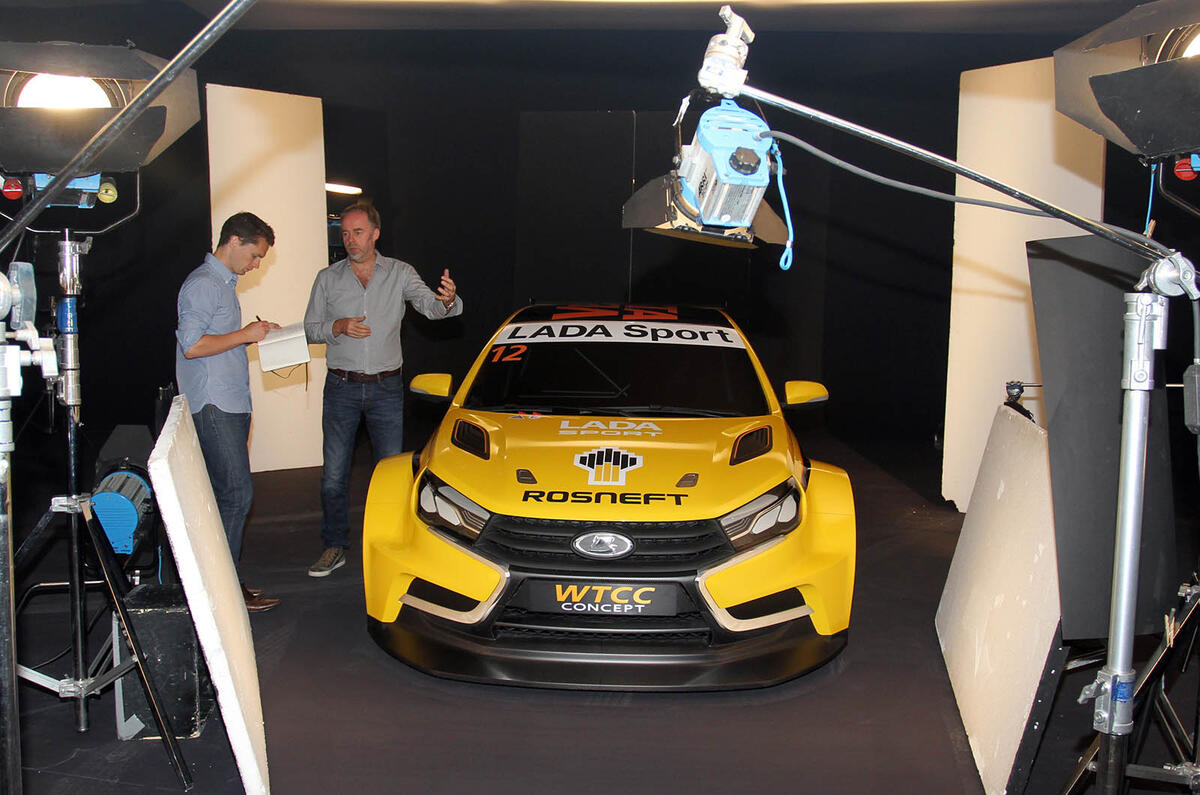
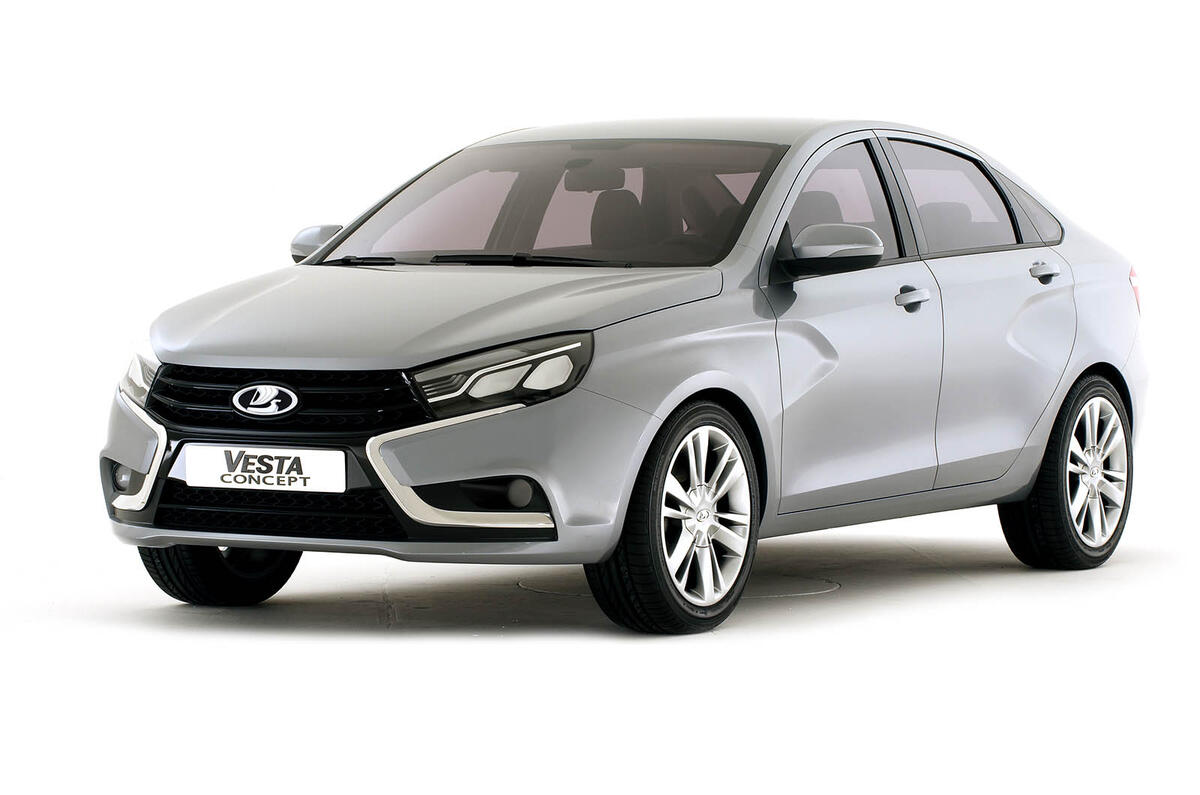
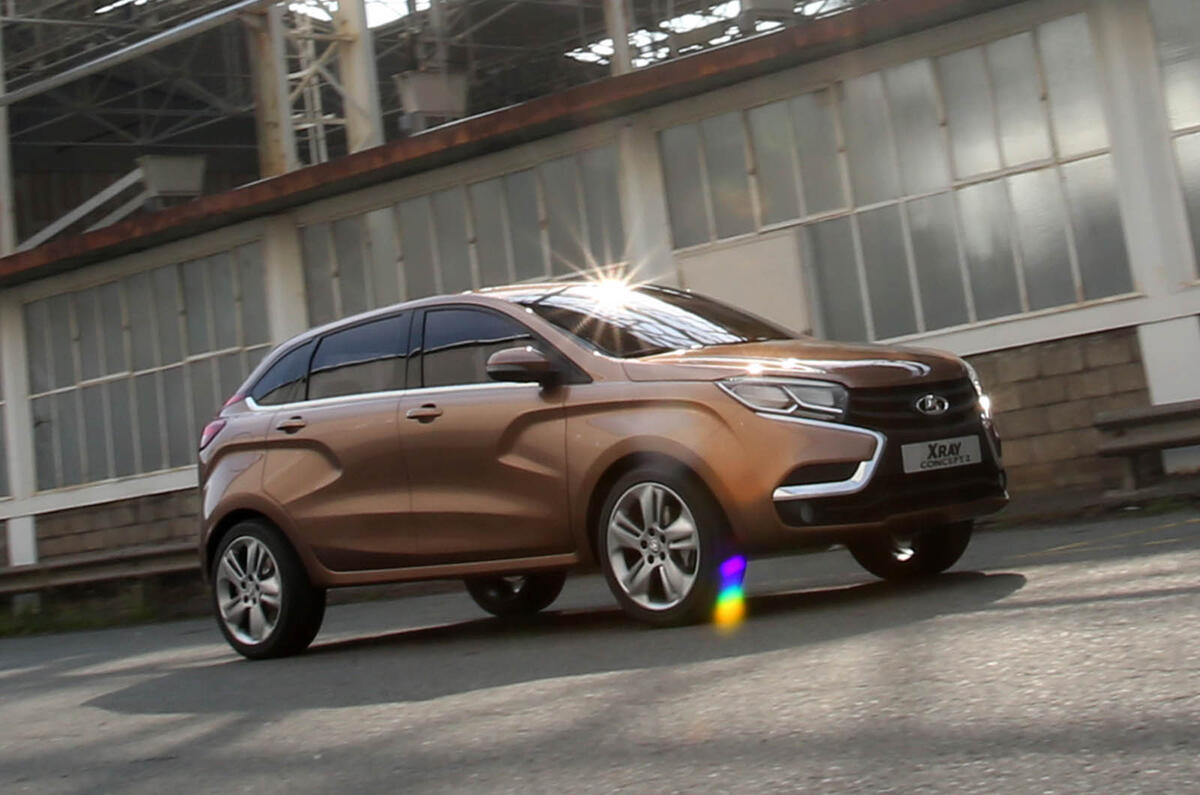
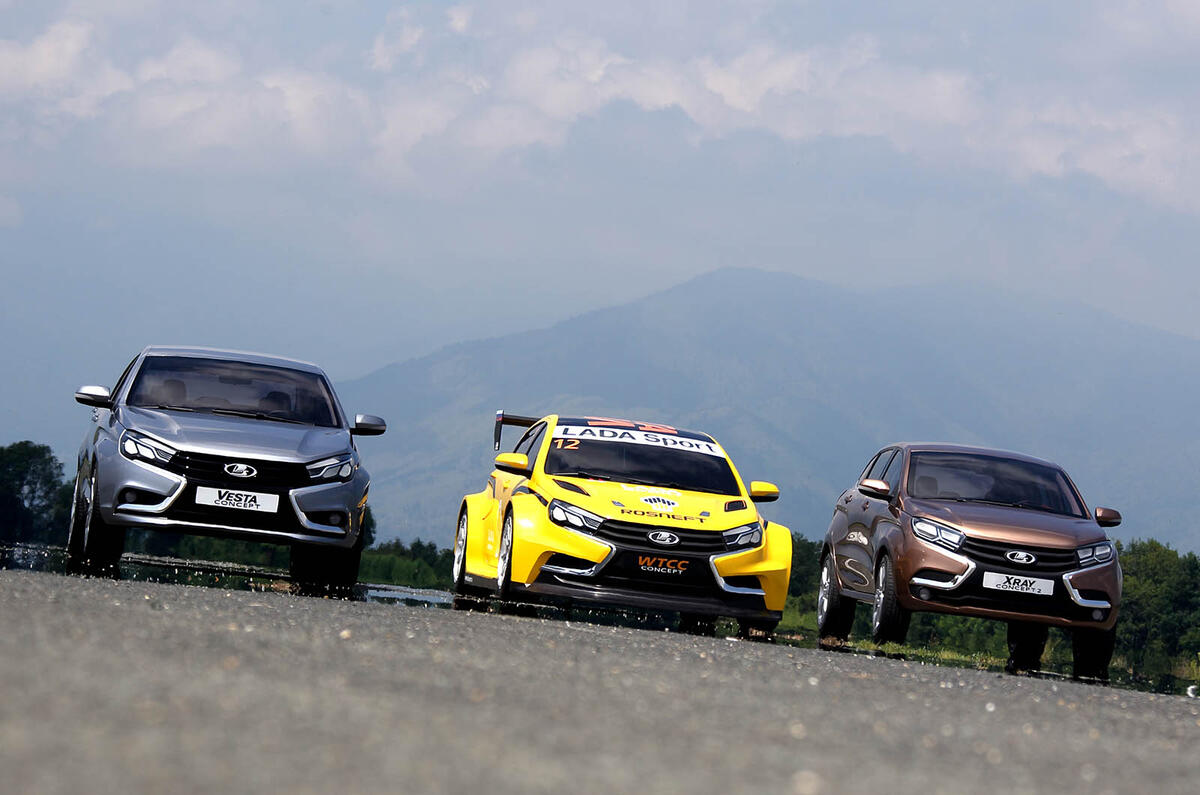
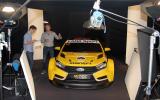









Join the debate
Add your comment
Lada/Russia
I rather like them!